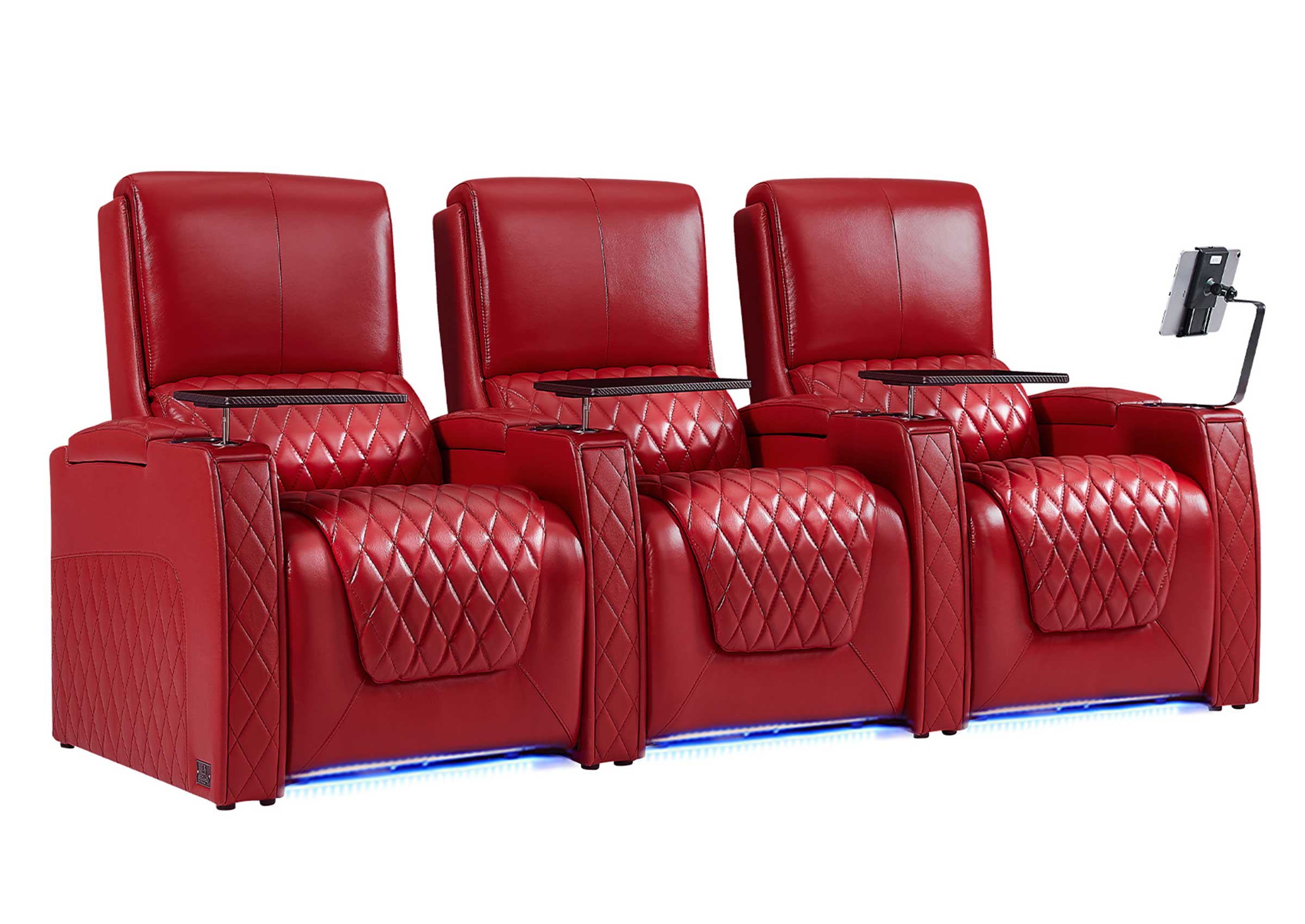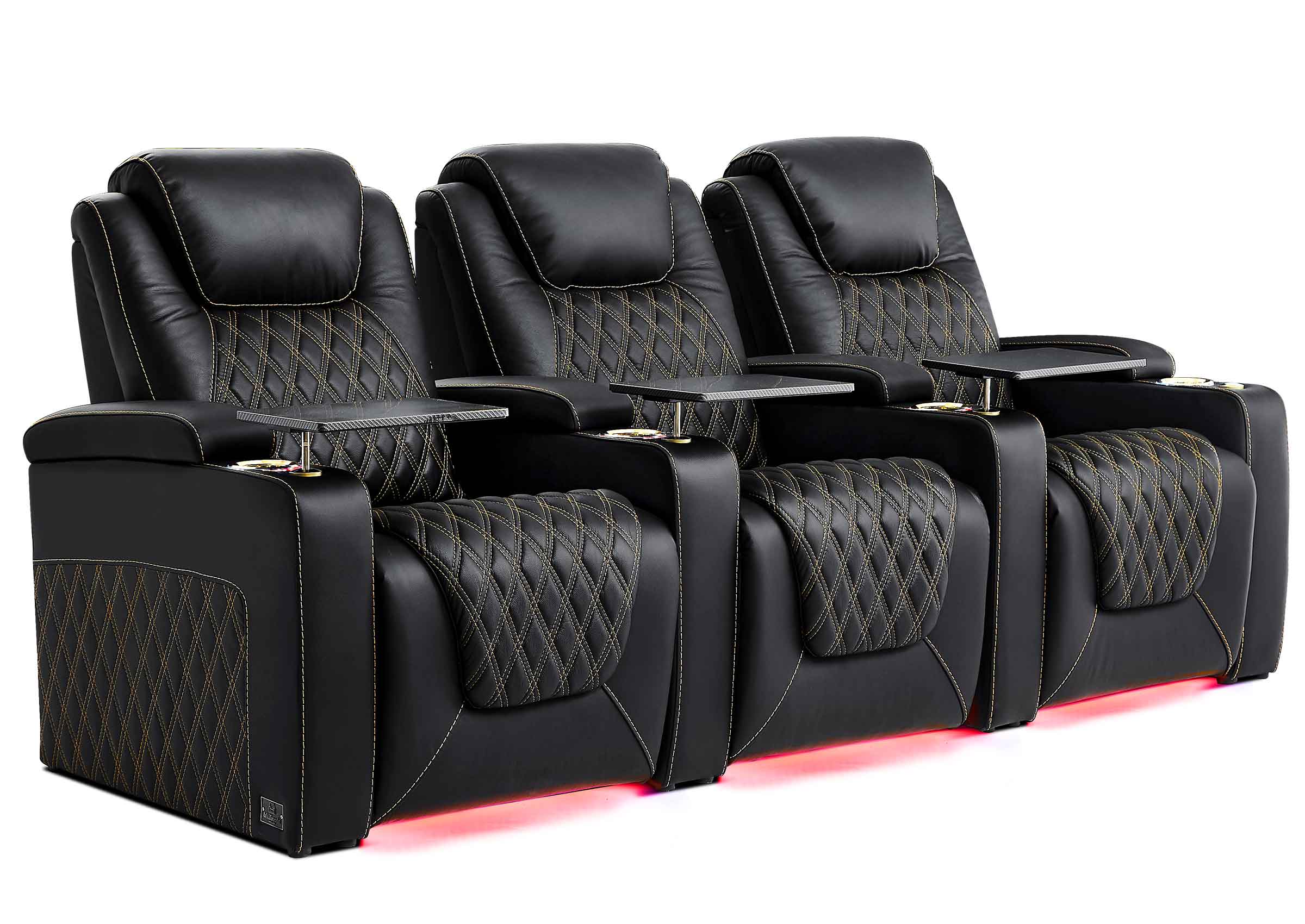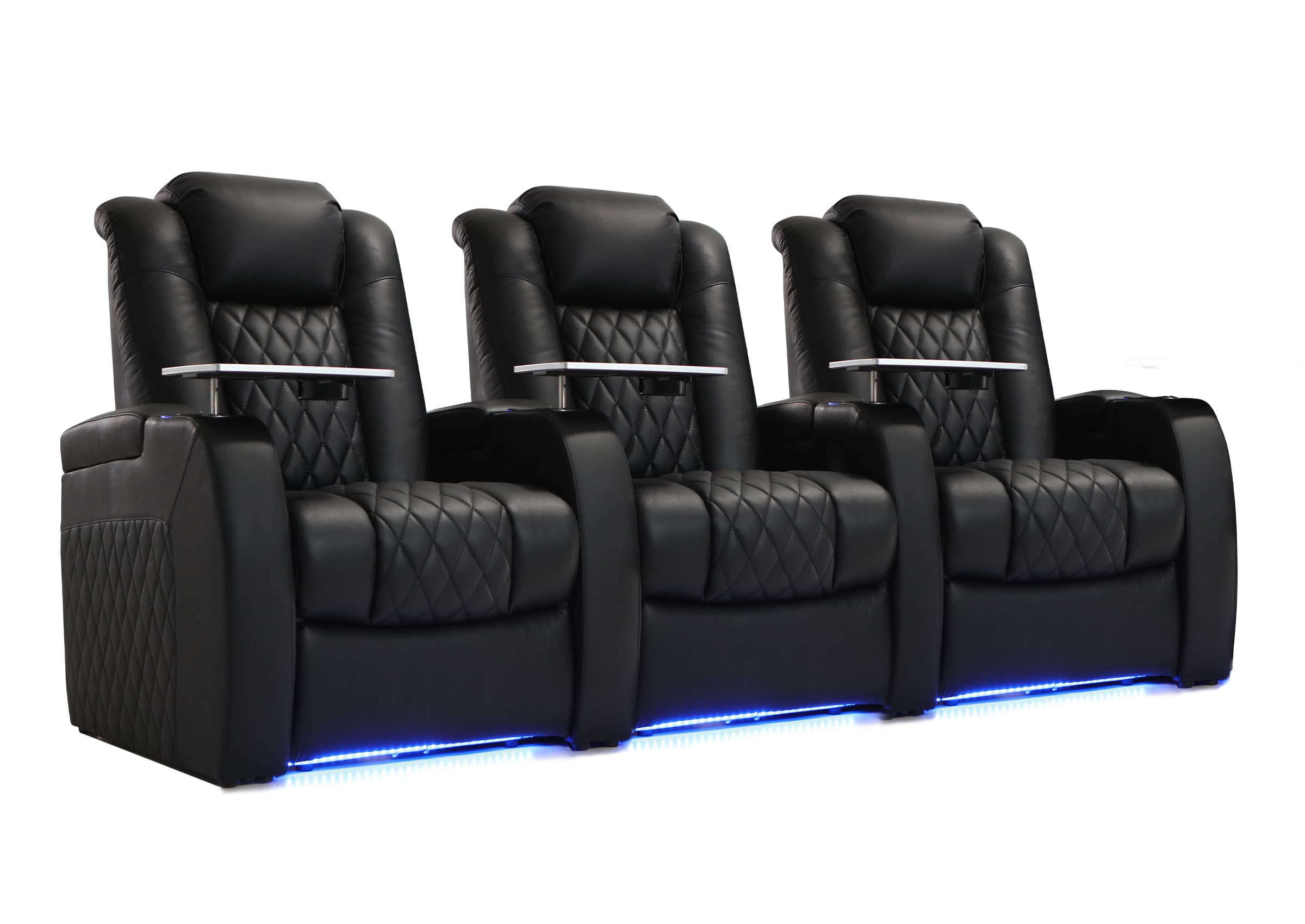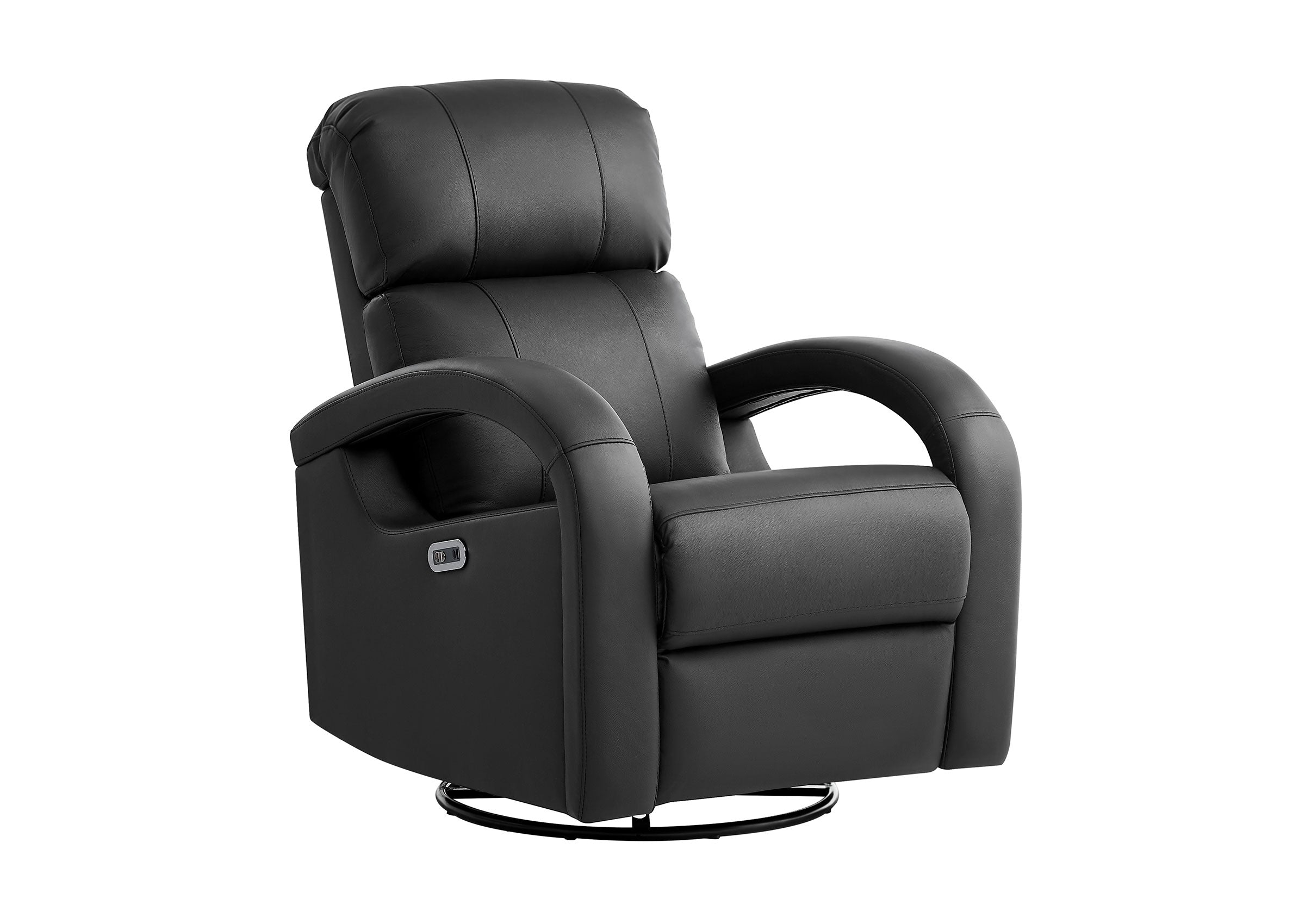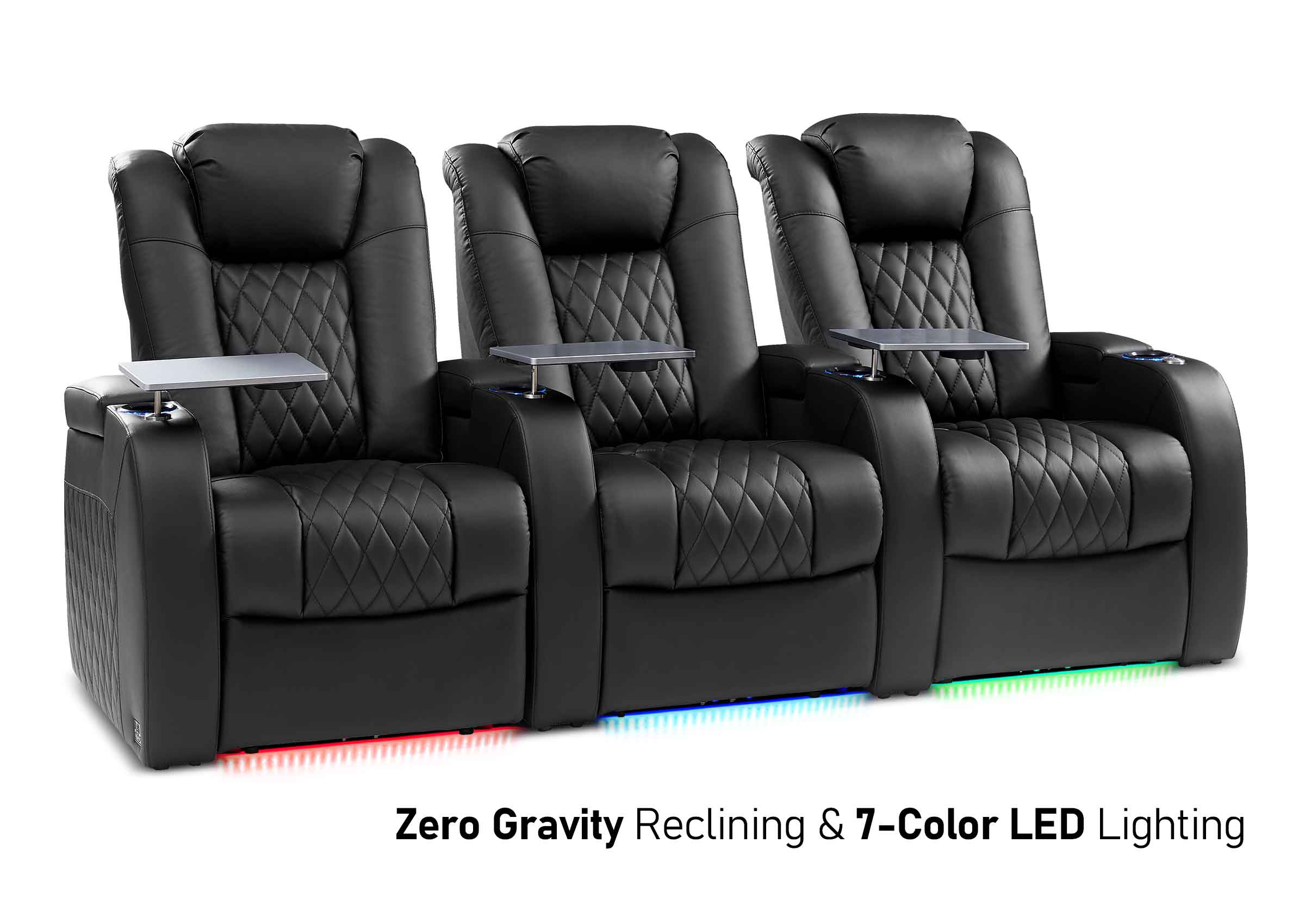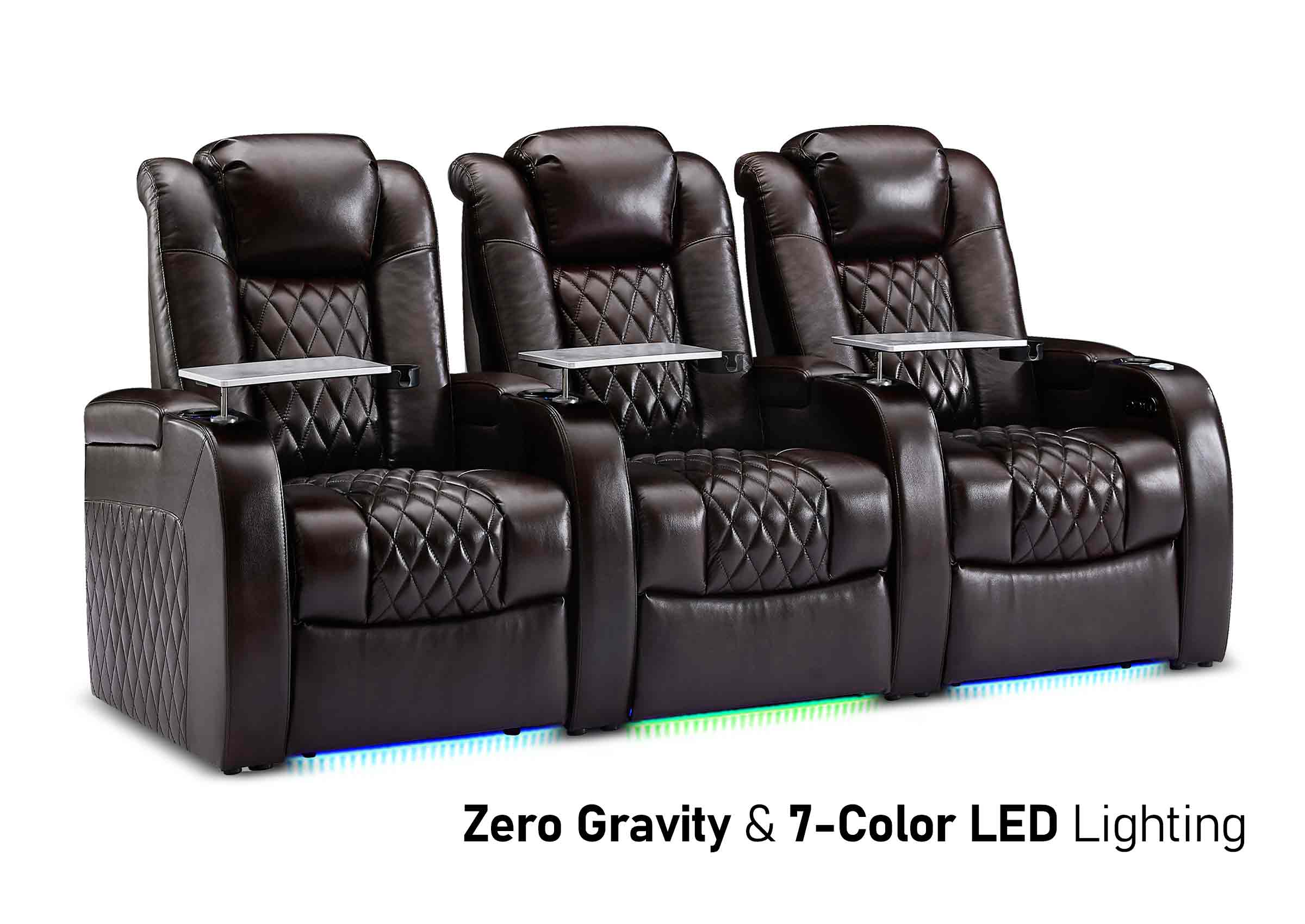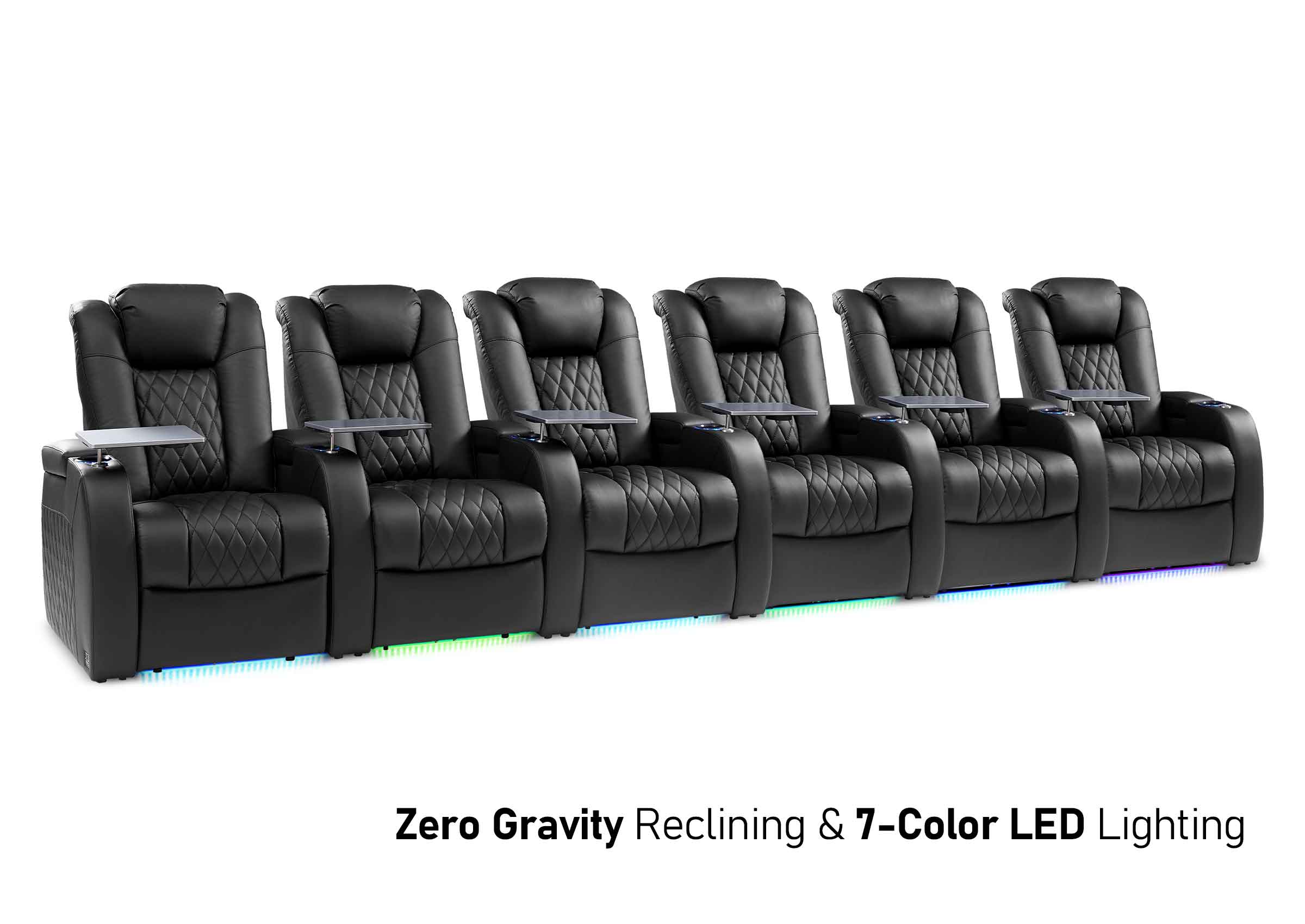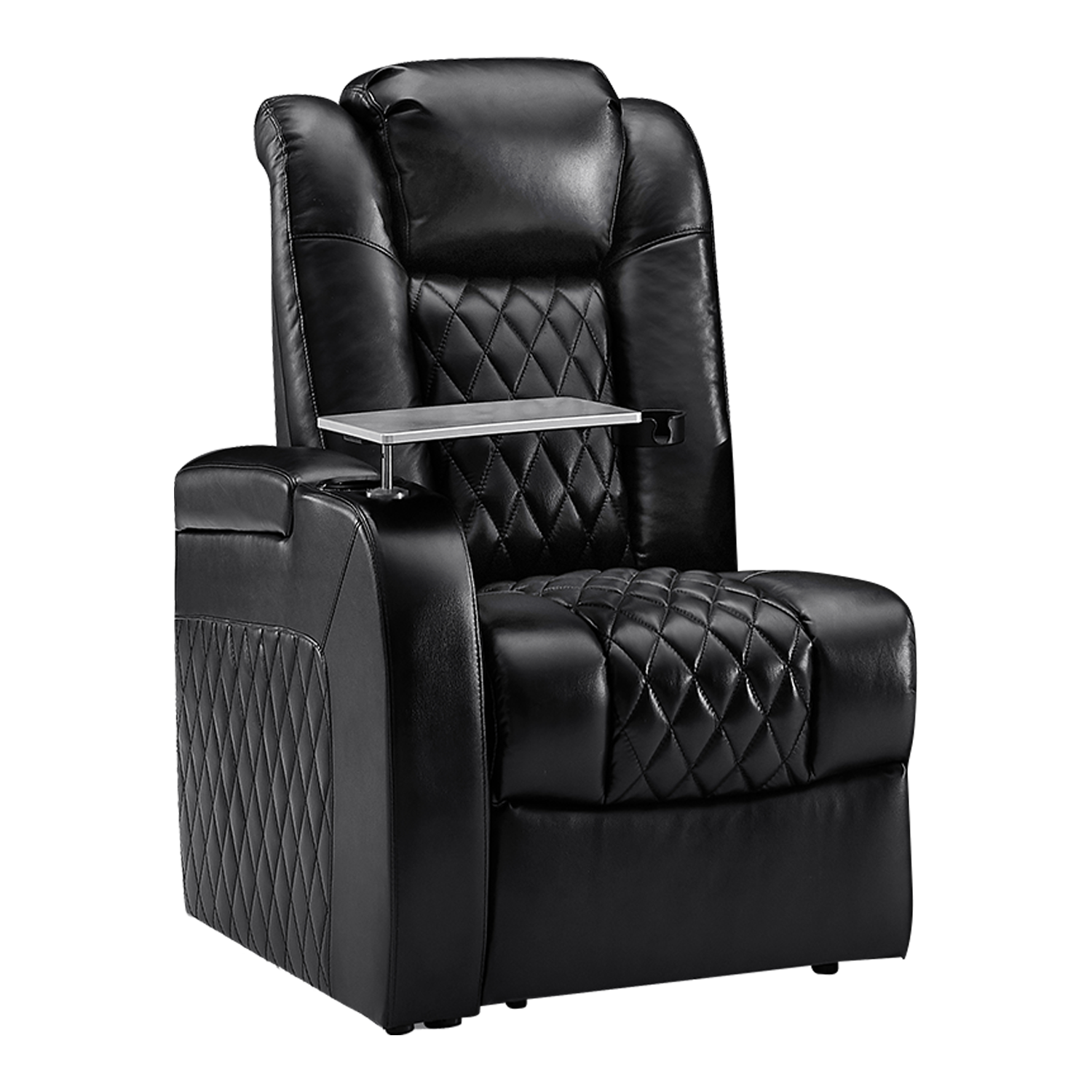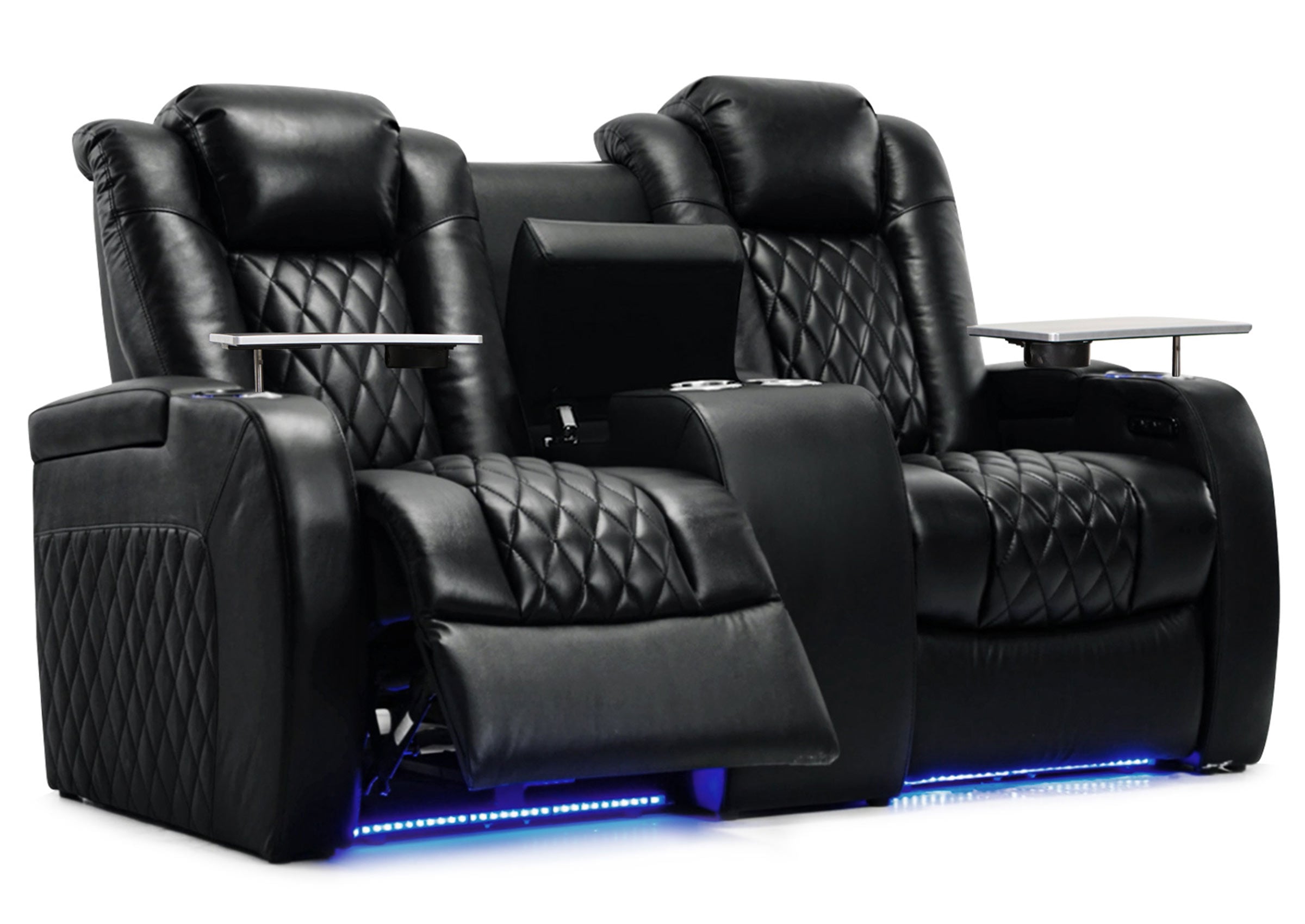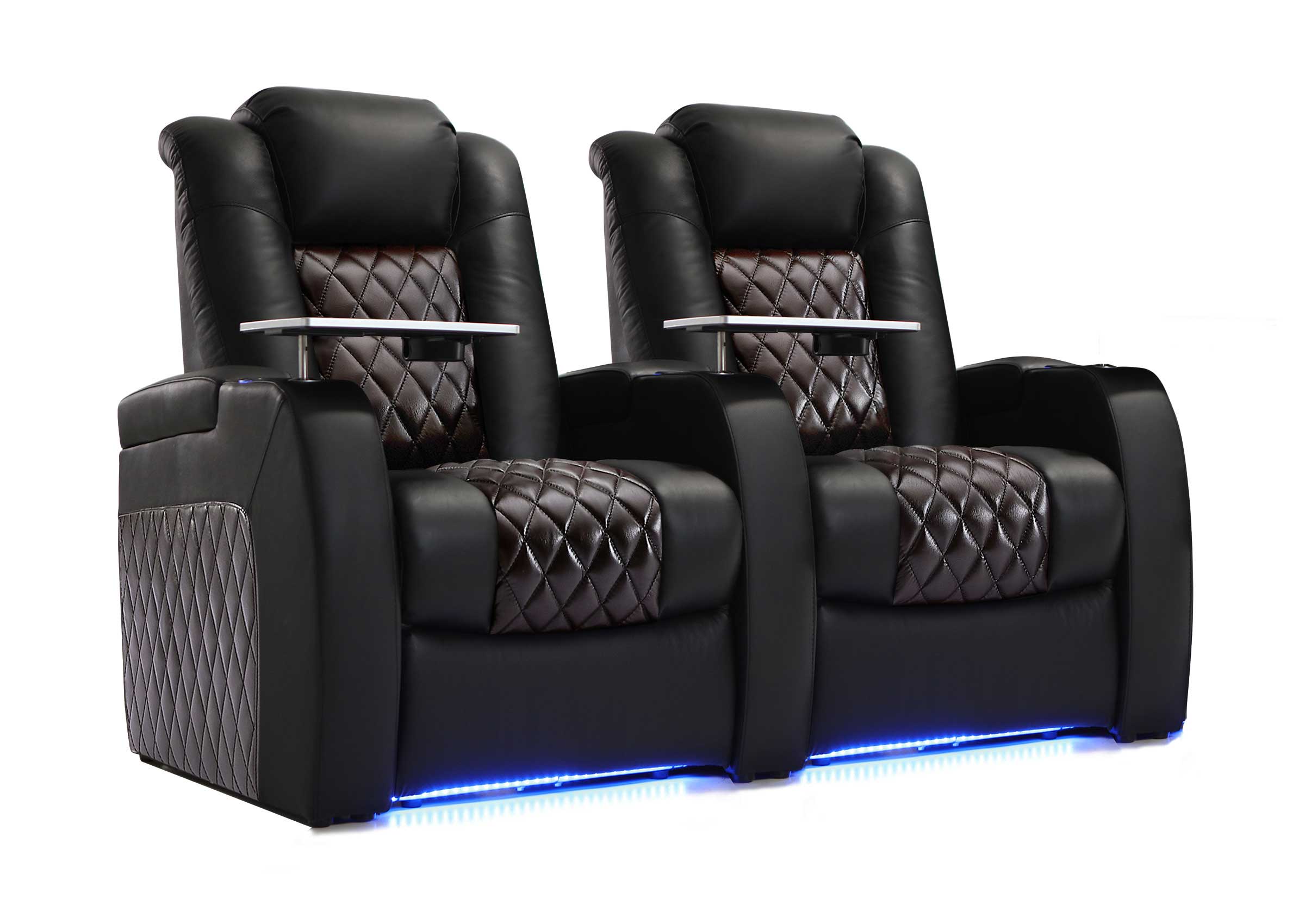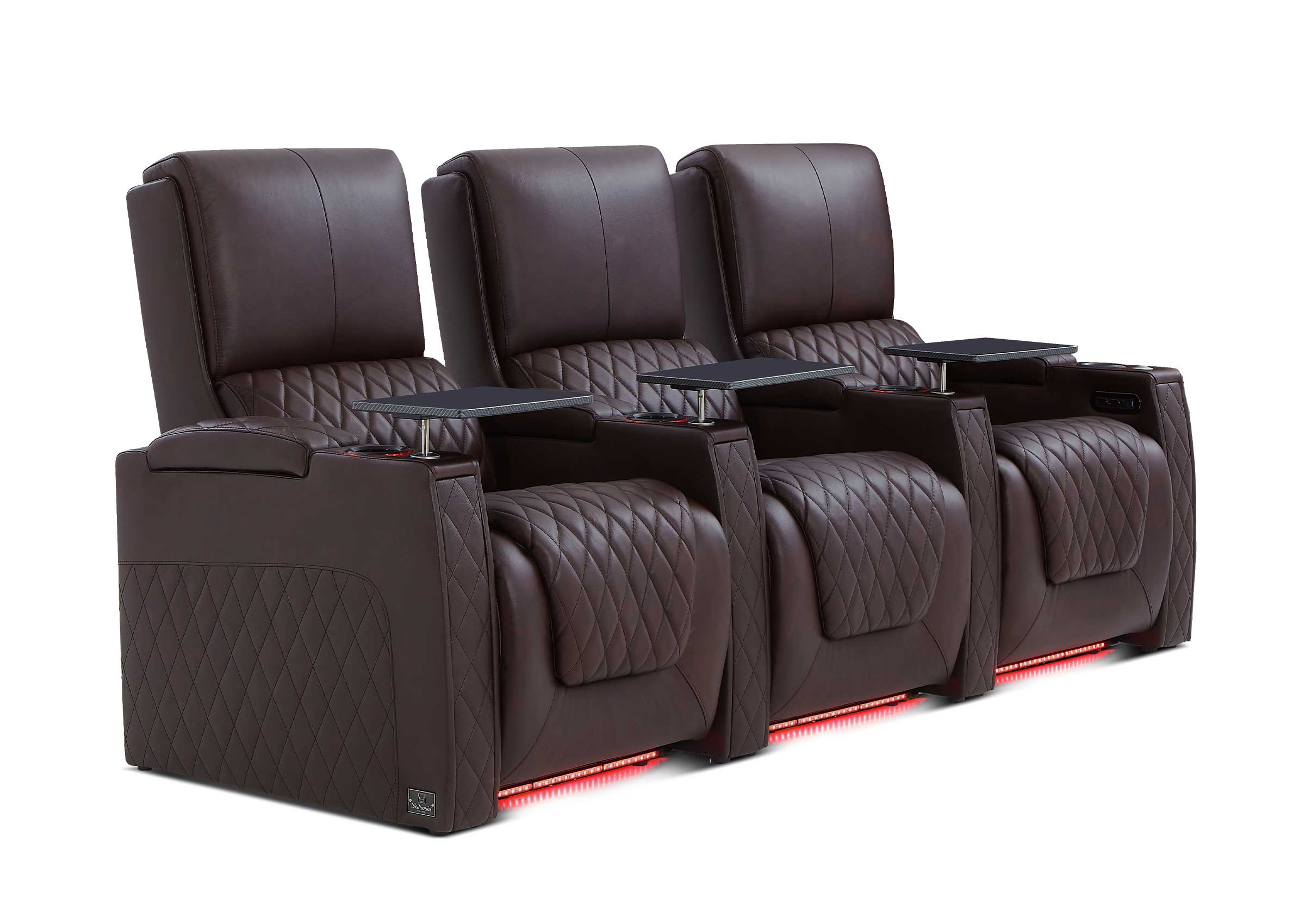Have you ever bought a beautiful home theater system, only to be disappointed with the sound? Dialog might sound muffled, explosions might sound chaotic, and music might not sound as deep as it should. A lot of the time, the problem isn't your gear; it's the acoustics of the room that you forgot about. Even the best speakers can't work well in a room that hasn't been prepped for sound. You don't have to be an expert to fix it, which is good news.
The Invisible Sound Killers of Your Home Theater
Hard, flat surfaces hinder sound in most living rooms and media rooms. Hardwood floors, wide windows, and bare walls reflect sound waves. Sound bounces around the room indiscriminately, causing acoustic issues that damage your listening experience.
The main problems are “reverberation” and “echo.” Clapping in an empty gym echoes off every surface, lasting a long time. That's extreme reverberation. In a home theater, excessive reverberation muddies audio. Dialogue spills into sound effects, obscuring key subtleties and making it hard to understand. You may struggle to hear discussions or feel musically overloaded during action scenes.
An echo is a clearer, delayed reflection. Sound bounces between two big, parallel bare walls, creating a conspicuous and annoying repetition. This completely destroys immersion. Outside these concerns, sound waves reflecting between parallel surfaces can generate “standing waves.” At various room locations, this phenomenon abnormally enhances or cancels low frequencies. A boomy, one-note bass in one seat and nearly no bass in another creates an imbalanced and irritating auditory experience.
Due to these acoustic issues, the soundscape is unclear and shallow. Flat audio makes it impossible to locate sounds in the cinematic environment. Instead of extensive repairs, gentle, soft, ornamental pieces you use daily can solve the problem.
The Gentle Solution: Capturing Sound with Softness
Improved room acoustics rely on absorption and diffusion to manage sound waves. Soft, porous materials convert sound energy into a small amount of heat, soaking up offending echoes more effectively than hard, reflective surfaces. That's why your soft furnishings are such a successful acoustic device.
Rugs: Laying the Foundation for Clear Sound
A bare floor, whether it's tile, wood, or laminate, is one of the largest reflective surfaces in a room. It's a primary source of reflections that bounce between the floor and ceiling, muddying the sound from your speakers. Placing a rug is one of the simplest and most effective first steps you can take to tame your room's acoustics.
A rug’s acoustic benefit goes far beyond the comfort it provides underfoot. Its soft fibers and porous structure make it an excellent broadband sound absorber. When sound waves strike the rug, they penetrate the fibers, causing them to vibrate and create friction. This process effectively dissipates the sound energy.

- Choosing Material and Thickness: When selecting a rug, thickness, density, and material are crucial. A high-pile, dense wool rug or a thick shag carpet will have a much greater sound-absorbing effect than a thin, flat-weave rug. The longer and denser the fibers, the wider the range of frequencies it can absorb, which is especially beneficial for improving the clarity of midrange and high-frequency sounds like dialogue and musical details.
- Considering Area and Placement: The larger the rug, the better its acoustic impact. Ideally, the rug should cover the primary listening area—the space between your main speakers and your seating position. This placement is critical for absorbing the "first reflections" from the floor, which are the most problematic. A well-chosen area rug not only adds visual warmth but also provides a solid, clear acoustic foundation for your entire system.
Curtains: Blocking Light and Absorbing Echoes
Large glass windows are another major source of harsh sound reflections. They can make audio sound sharp and cold, and they also allow outside noise to leak in, disrupting your movie-watching experience. Heavy curtains can serve as a powerful solution to both problems.
The right choice of curtain can yield significant acoustic benefits. Opt for curtains made from dense, heavy materials such as velvet, thick cotton, suede, or specialized acoustic fabrics. These materials have inherent sound-absorbing properties. More importantly, the way you hang them can amplify their effect. Hanging curtains with pleats or folds creates an undulating, irregular surface. This not only increases the total surface area of the fabric but also helps to trap and absorb sound waves more effectively as they get caught within the folds.
For maximum impact, curtains should be installed to be much wider than the window frame and should hang from the ceiling all the way to the floor. This ensures maximum coverage, effectively treating reflections from both the glass and the surrounding wall space. A dual-layer approach, using a heavy blackout curtain combined with a lighter sheer curtain, can be even more effective. The air gap between the two layers acts as an additional sound buffer, helping to make the room’s sound softer and more controlled.

The Sofa: More Than Just a Comfortable Seat
As the largest piece of furniture in most living rooms, the sofa plays a surprisingly significant role in your room's acoustics. It functions as a massive sound absorber, and its material and placement can have a major influence on the final sound quality.
Acoustically, a fabric sofa is generally a superior choice compared to a leather one. The porous nature of woven fabric allows sound waves to penetrate into the sofa's inner cushioning material (like foam or fiberfill). These internal materials are excellent at absorbing mid and high-frequency energy, which directly translates to clearer dialogue and a reduction in overall room reverberation. However, many prefer a leather sofa for its distinct advantages, including a luxurious appearance, exceptional durability, and ease of cleaning. While its smoother surface tends to reflect more sound energy back into the room, this acoustic difference can be easily managed. By accessorizing with soft furnishings, such as decorative throw pillows and cozy blankets, you can introduce additional absorptive surfaces that help balance the room's acoustics. In this way, you can enjoy the premium qualities of leather without a significant compromise in sound quality.
The placement of your sofa is also critical. A common mistake is to push the sofa directly against the back wall. This spot is often a high-pressure zone for low-frequency standing waves, which can result in boomy, overpowering bass. Try pulling your sofa a foot or two away from the wall. This small adjustment can dramatically clean up the bass response and also allows your rear surround speakers more space to create an enveloping and immersive sound field.
Wall Art: Blending Aesthetics and Acoustics with DIY

Tackling wall reflections is the final frontier of DIY acoustic treatment, but it doesn't mean you have to cover your walls in boring foam panels. With a bit of creativity, your wall decor can serve a dual purpose, enhancing both the look and sound of your room.
The goal is to treat the "first reflection points." These are the spots on your side walls, ceiling, and back wall where sound from your speakers bounces once before reaching your ears. Treating these key points provides the biggest improvement in clarity and imaging. You can find them with a simple "mirror trick": sit in your main listening position and have a friend slide a mirror along the side wall. The exact spot where you can see one of your front speakers in the mirror is a first reflection point.
Consider these decorative solutions for those key areas:
- DIY Fabric Acoustic Panels: This is arguably the most effective and aesthetically pleasing DIY solution. Build a simple wooden frame, fill it with high-density acoustic insulation (not regular foam), and stretch a breathable, decorative fabric (like linen or burlap) over the front. Staple it tightly to the back of the frame. The result is a professional-looking panel that can be hung like a piece of abstract art, seamlessly blending into your decor.
- Large-Scale Tapestries: A large, thick woven tapestry or textile art piece is a beautiful and effective sound absorber. Its substantial surface area and porous material are perfect for taming reflections on a large, empty wall, such as the one behind your sofa.
- The Strategic Bookshelf: A bookshelf filled with books of varying sizes and depths is a fantastic natural sound diffuser. Instead of absorbing sound, its irregular surface scatters the sound waves in many different directions. This breaks up harsh reflections and makes the room sound larger and more natural. Placed at a first reflection point or along the back wall, a well-stocked bookshelf is a brilliant fusion of intellect, style, and acoustic function.
Small Changes, Big Impact
Transforming your home theater's acoustic environment doesn't have to be a complex or expensive undertaking. By thoughtfully choosing and placing everyday items like rugs, curtains, sofas, and wall art, you can achieve a dramatic improvement in sound quality. These soft decor elements do more than just warm up your living space; they tame unruly sound waves, ensuring that every line of dialogue and every musical note reaches you with perfect clarity.









